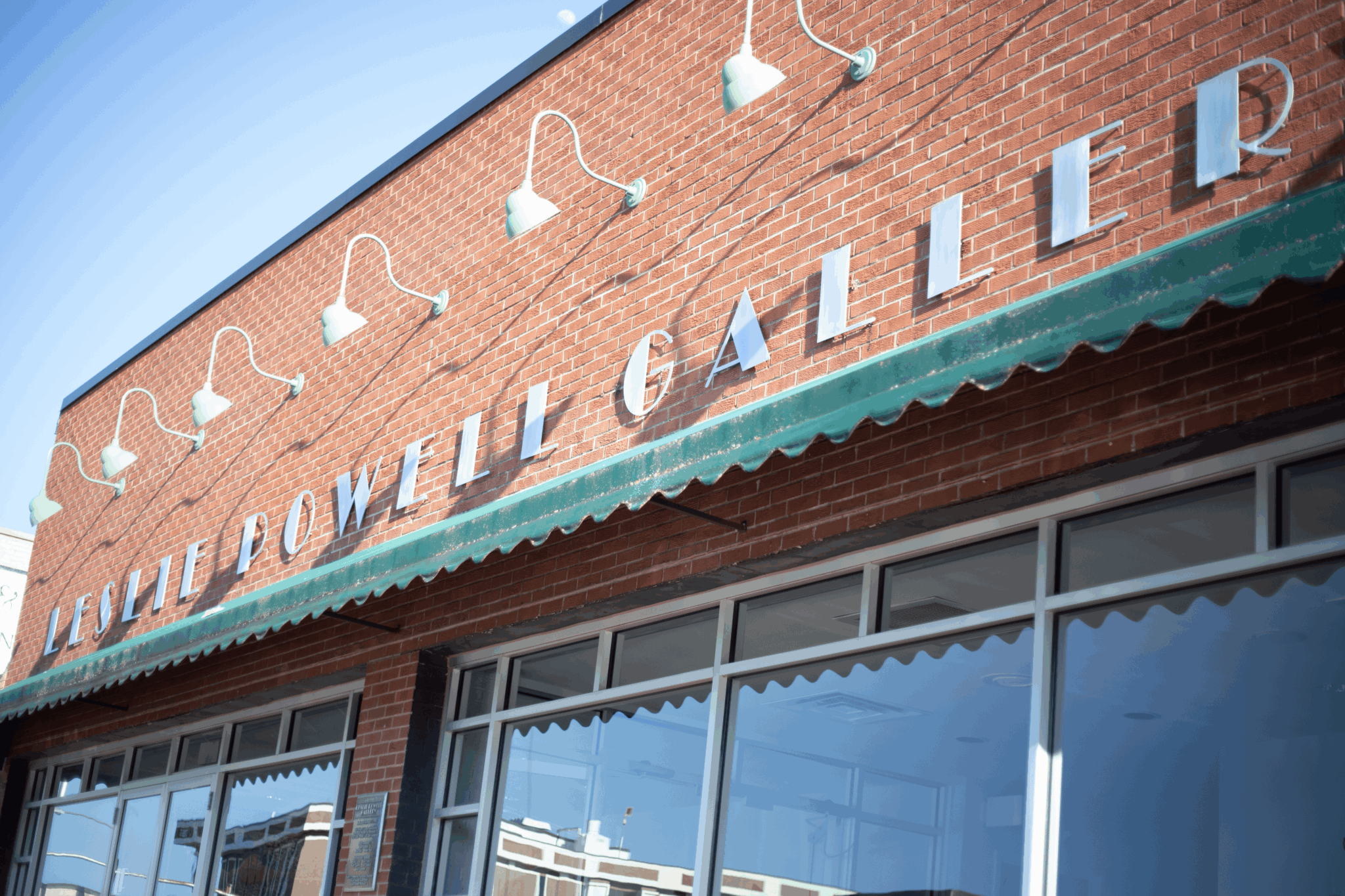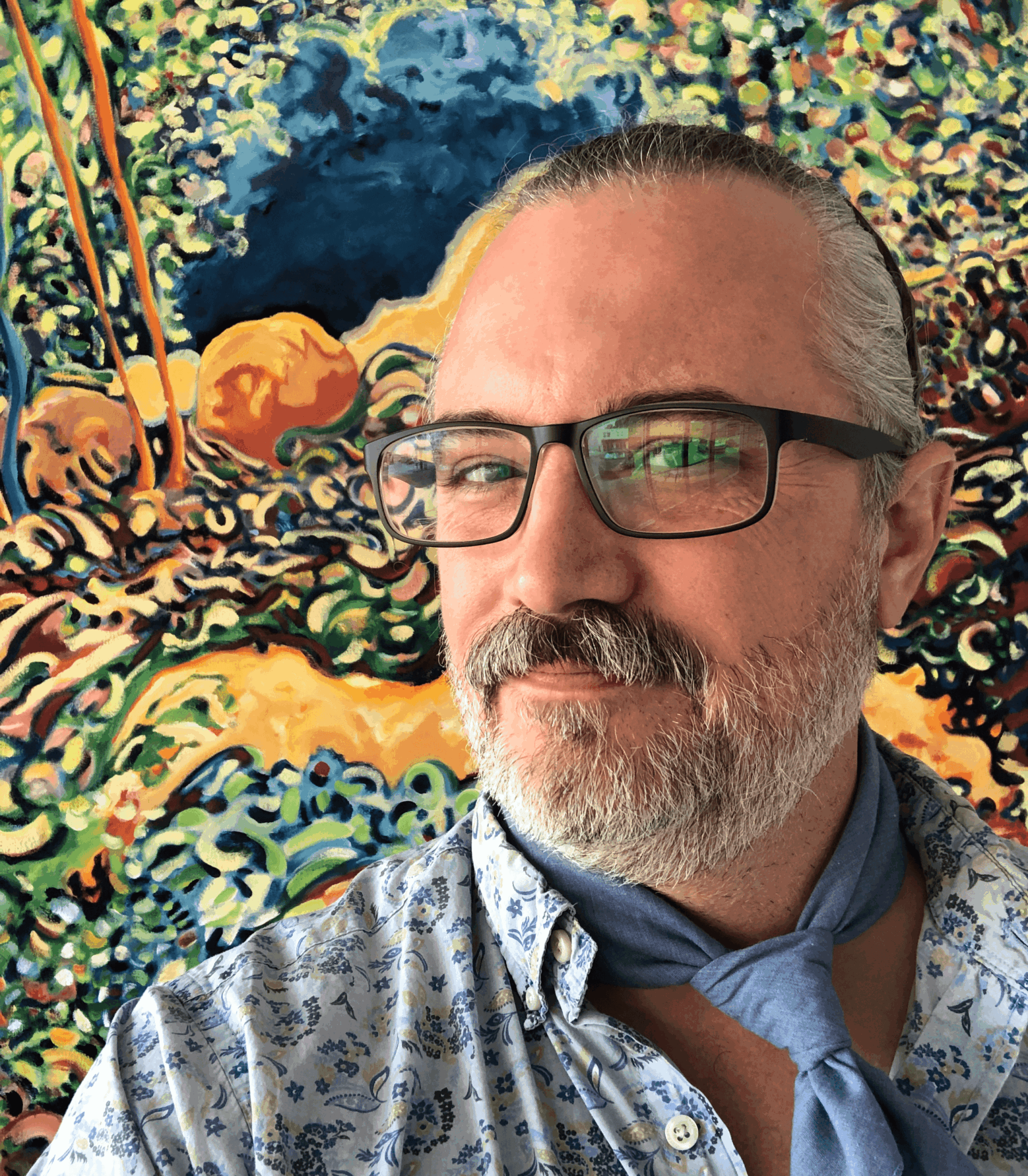We were lucky to catch up with Matthew D. Hughes recently and have shared our conversation below.
Alright, Matthew D. thanks for taking the time to share your stories and insights with us today. What were some of the most unexpected problems you’ve faced in your career and how did you resolve those issues?
The most unexpected problem I have faced is being a blocked artist. You always hear about how writers and artists get blocked and just can’t think of what to create, but you think it will never happen to you. There are so many inspiring things in the world that should keep a person creating their entire life. Unfortunately, the inspiration isn’t the thing that blocks us. It’s the stress and pressure to create something that will put food on your table. It’s the inability to avoid comparing your work with that of other creatives. Creative block just doesn’t happen overnight; it builds up silently until one day, maybe after a world-altering pandemic, you wake up and realize that you don’t want to make anything anymore. That creative outlet that you use to be able to turn to for comfort and expression suddenly feels like the most insurmountable task that immediately exhausts you just to think about. That’s been my creative life for the last five years. After graduating with my Bachelor of Fine Arts in Studio Art degree in 2014, I was already burnt out. I was burnt out from the constant assignments and direction on what I was allowed to create. Suddenly, I was free from academia, but I no longer had someone to tell me what to create. My creative block started as burn out from art school. After graduation, and up until the pandemic, the most I created were the demonstrations I painted for my private art classes. I did nothing on my own. I just didn’t have the energy or motivation. Since 2020, I have taught myself to paint digitally, and have done some commission work, but I don’t make anything for myself anymore. Well, that was until this week. For the past twelve weeks, I have worked my way through the process of the Artist’s Way, by Julia Cameron. Thanks to that book, I now understand that creativity isn’t just something that we do, it is something that we are. We are meant to create, and that absence of creation–and care for our inner artist–is what leads to blockage. Having taken special care with my inner artist over the past three months has given me the strength and courage to start creating for myself again. It’s my job to make things. Everyone else can decide if it’s good or not. I’m just here to paint…again.
Matthew D., before we move on to more of these sorts of questions, can you take some time to bring our readers up to speed on you and what you do?
I grew up in a very small town in rural Nebraska where art wasn’t valued or appreciated; it still isn’t today. I originally wanted to be a feature-length animator for Walt Disney after seeing Aladdin at the theater on Christmas Eve, 1992. I eventually gave up on that dream and decided to be a graphic designer, which never took off for me after my first run through college. I worked in the mundane corporate world for a few years, got married, had some kids, and ended up going back to college after a decade. My plan was to take a year and do only general education studies, then I was going to decide on what to major in–art or English. Well, when I signed up for classes, I was told that if I wanted to do art, I needed to start year one so I could graduate in the four-year time frame. I made the decision there that art was it for me. The day I graduated from art school, my divorce finalized, and I found myself starting over in more ways than one. Within six months, and thanks to the connections I made during art school, I became the executive director and curator for the Leslie Powell Gallery. It’s been ten years now since I took over this gallery. My day job is running this non-profit art gallery. As the only employee, I wear a lot of hats and do a lot of things. In addition to the fun job duties (mounting exhibitions, inviting artists to exhibit, planning events), I am also the janitor, accountant, and whatever else is needed in the moment. What I am most proud of is the direction I have taken our gallery over the past ten years. When I first took on this position, we had a good group of patrons, but they were all of an older generation who were more interested in showing up for the social aspect of our events rather than supporting the artists. Thanks to social media and my own network, I have engaged a younger crowd who shows up for events and actually buys art. While I still have some of the older crowd show up for receptions, the diversity is much more pronounced, and the atmosphere feels fresh.
What can society do to ensure an environment that’s helpful to artists and creatives?
I believe that support for creatives begins at the community level. We have got to support our creatives at the local level. Every community has artists; we are not all living in the largest cities trying to sell work at the most prestigious galleries. Some of us live in small towns. Some of us want to stay in small towns, but that is becoming increasingly difficult to do. If we can’t make a living, we may have to move, or give up on art all together. So, stop buying your custom apparel online from a faceless website. Stop using AI tools to generate the artwork for your new business. Stop hiring people online to make the music for your video for $5, and pay someone local what they are worth. That money will go back into your community and make it a better place to live.
Any resources you can share with us that might be helpful to other creatives?
I grew up in the 1990s, so my access was nothing like what we have now. Especially since I grew up in the sticks. That said, we all have access to libraries and bookstores and online sellers today. Back then, I wish I had read every book I could get my hands on about art. I wish I had tried all the art methods and internalized all the instruction I could. I might not still be using it today, but at least I would have been exposed to it. If you’re reading this and starting out, don’t wait for someone else to teach you something. Don’t wait for art class. Take the initiative and teach yourself from whatever media you can. Books, YouTube, local classes, learn everything you can.
Contact Info:
- Website: www.lpgallery.org

Image Credits
Photography by Ryn Ortega, Exhibition art by Jack Bryan


